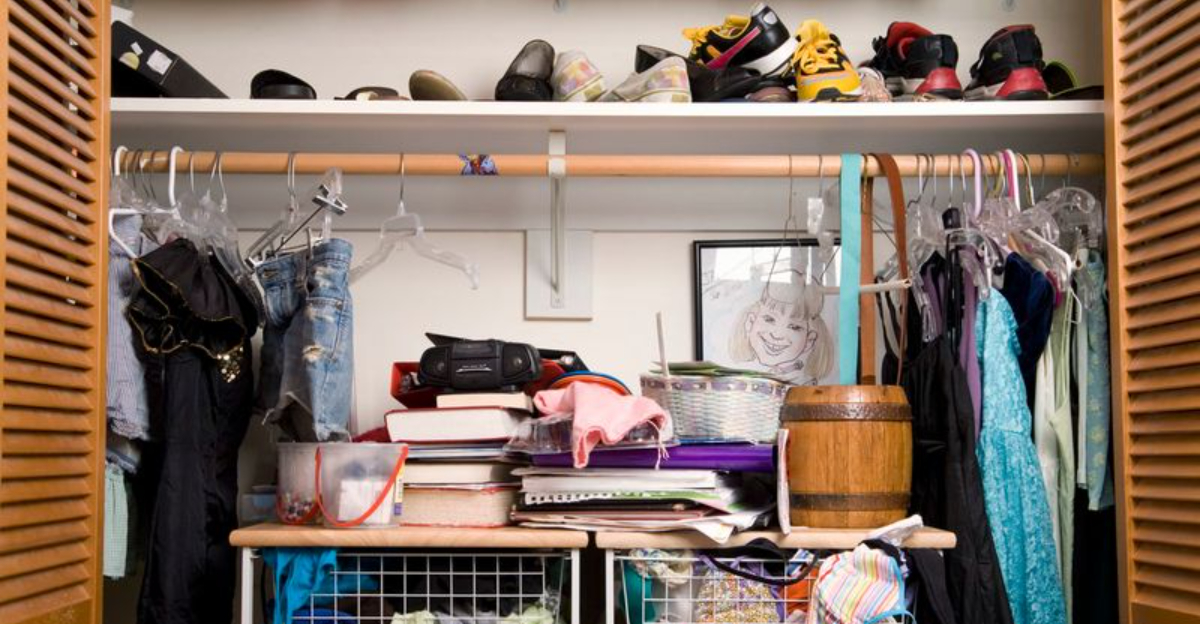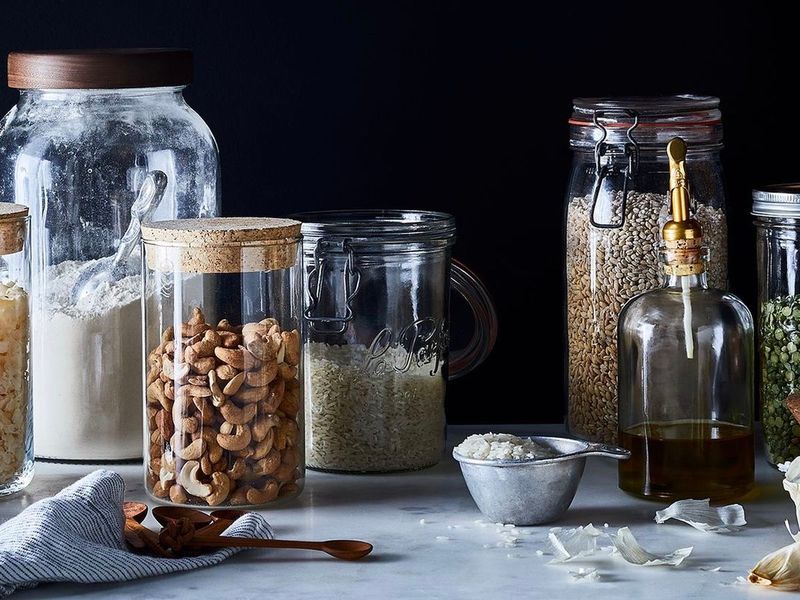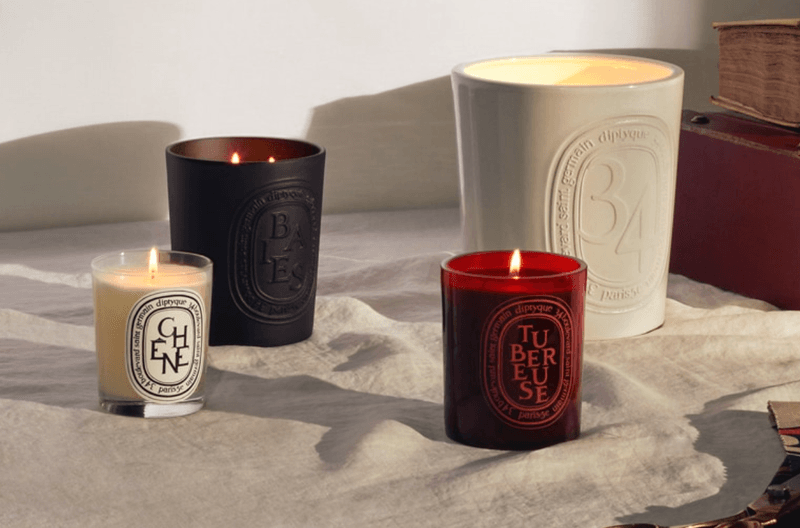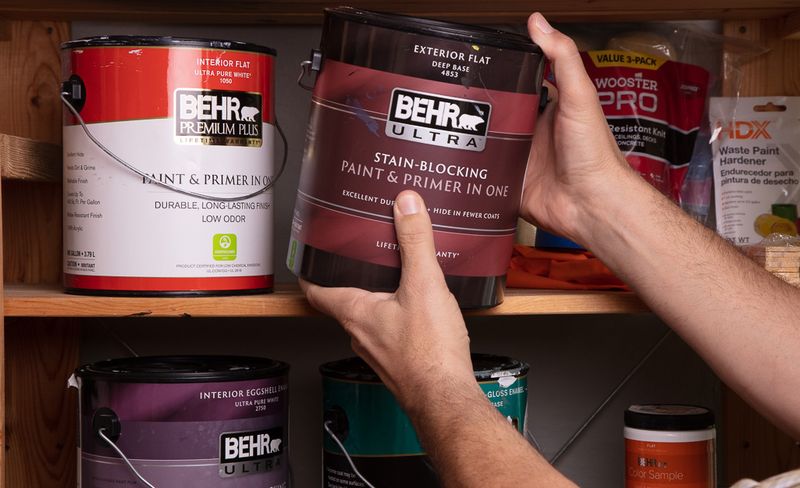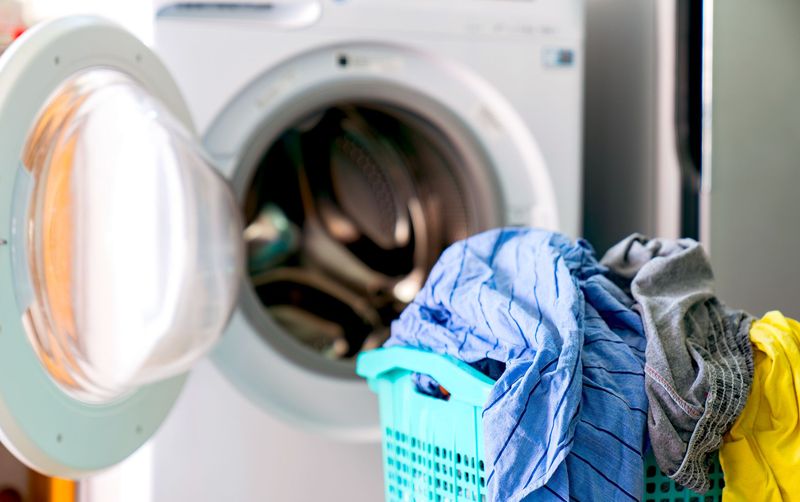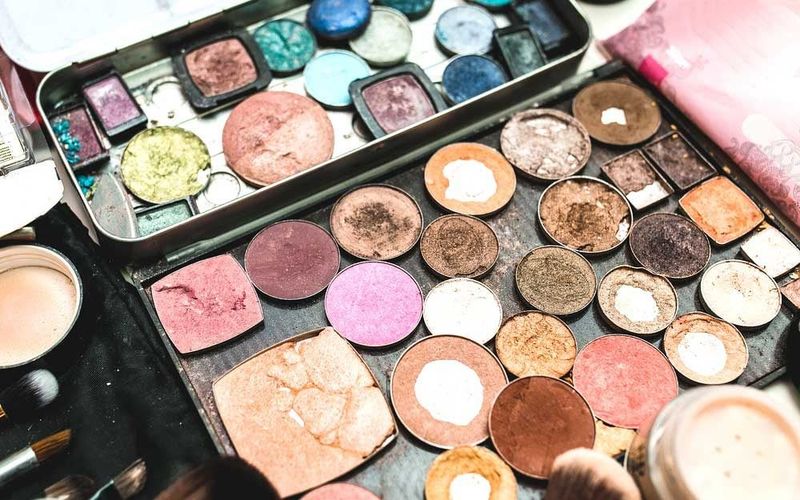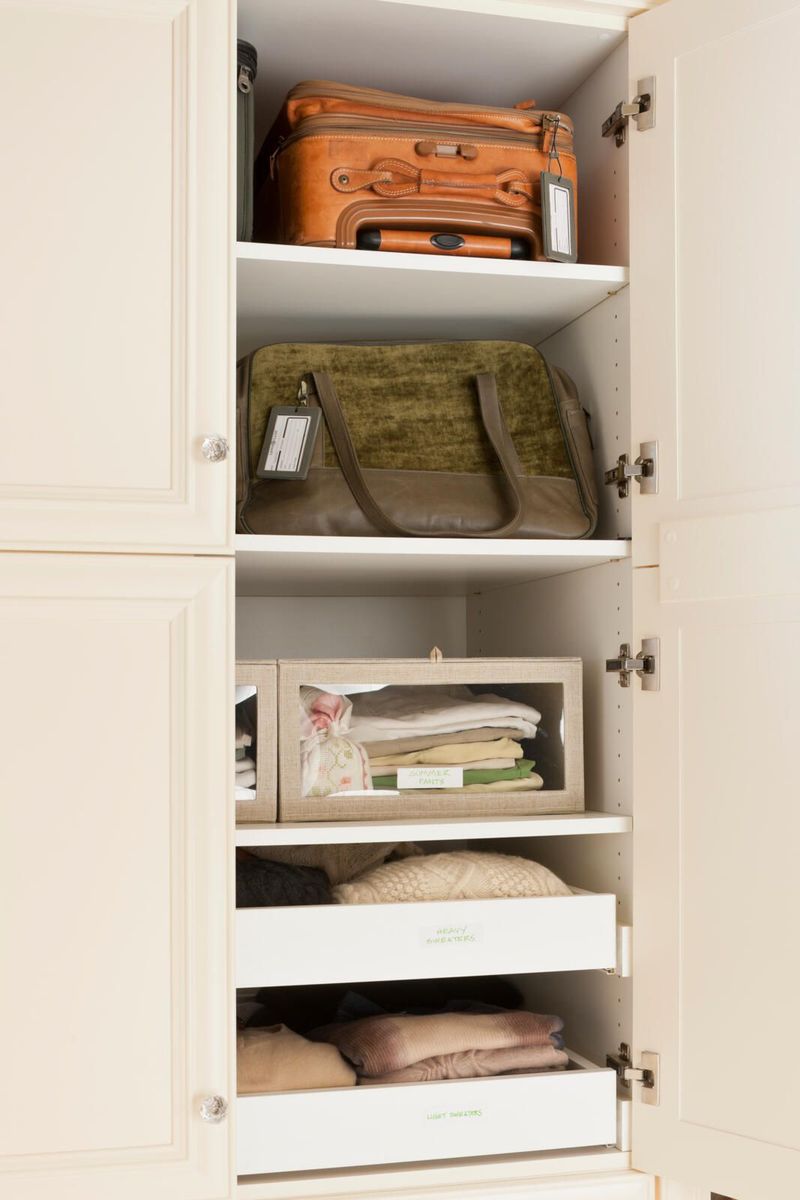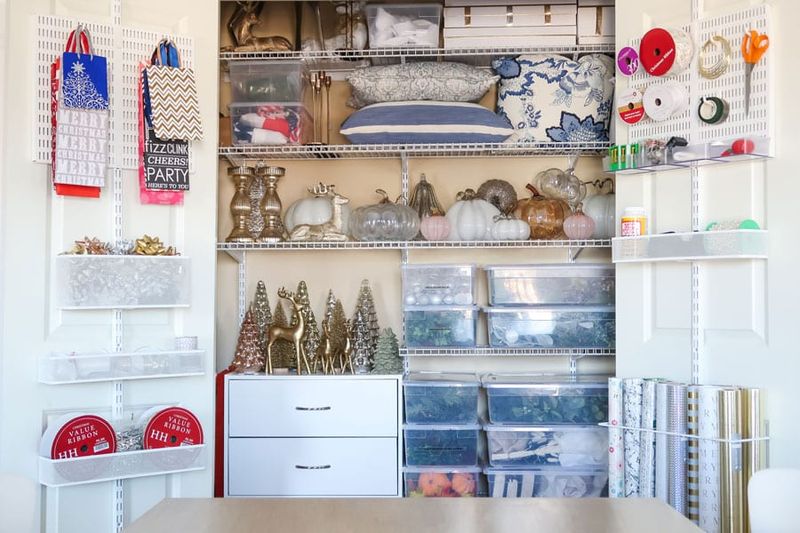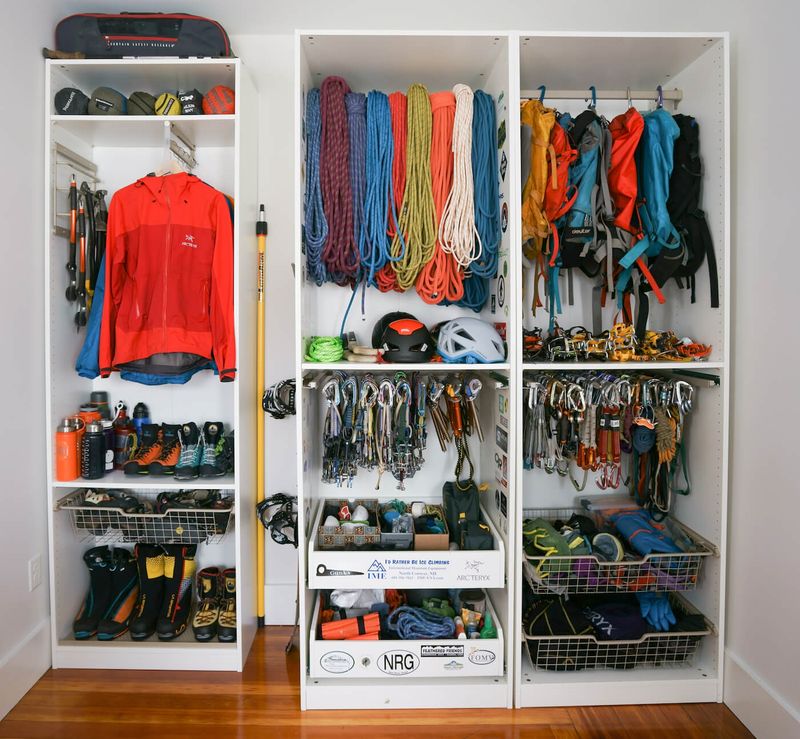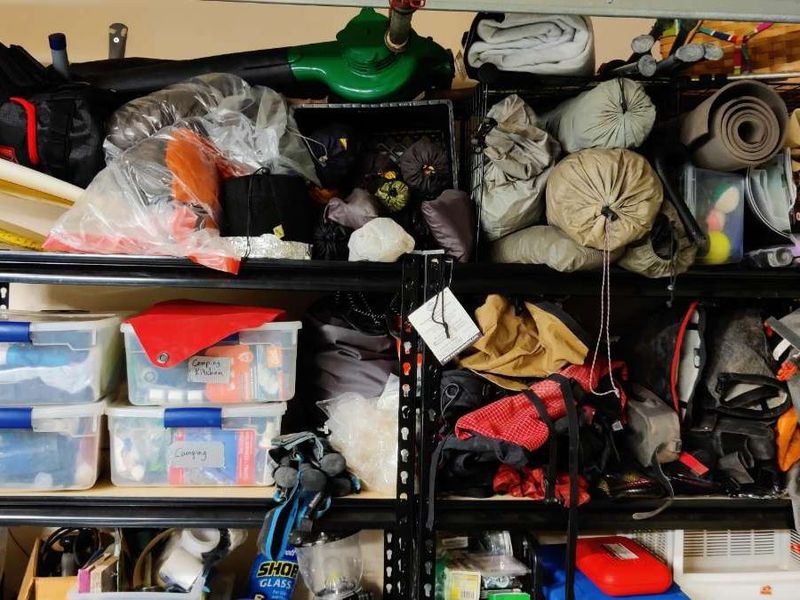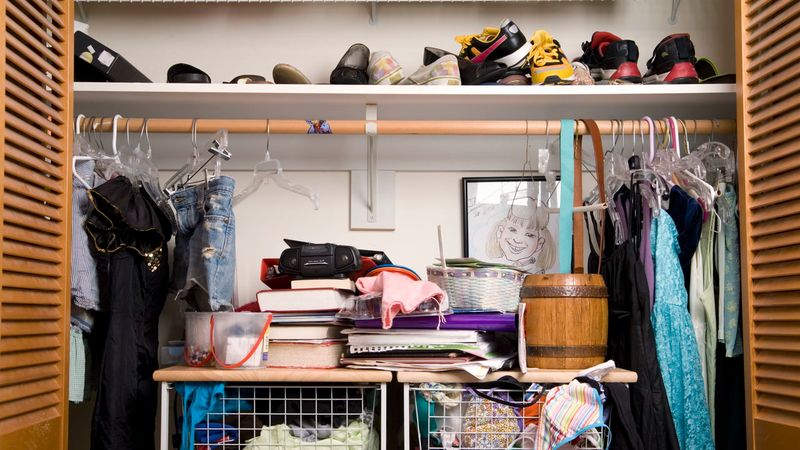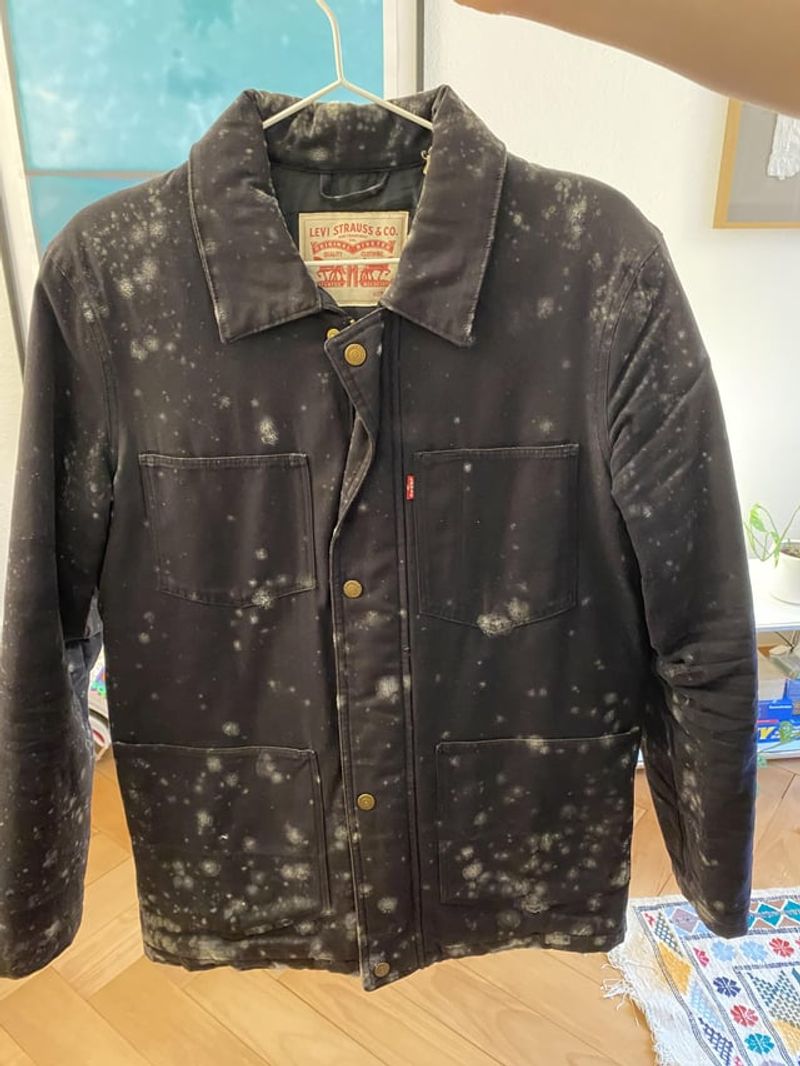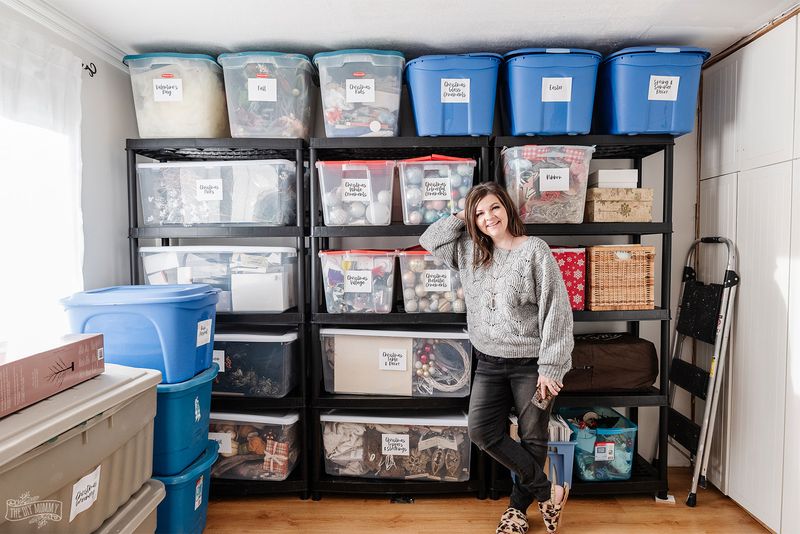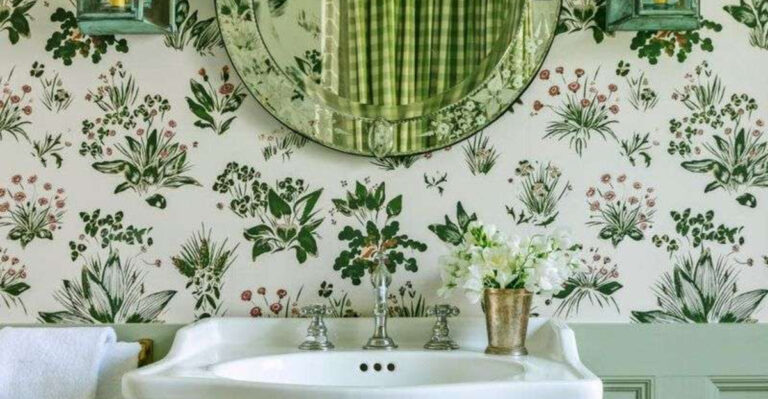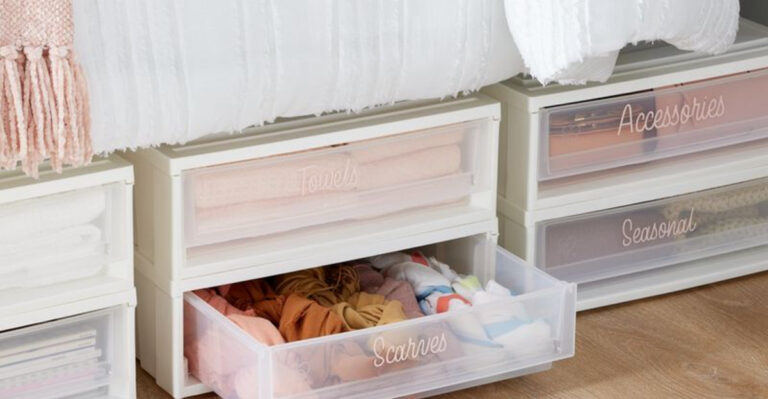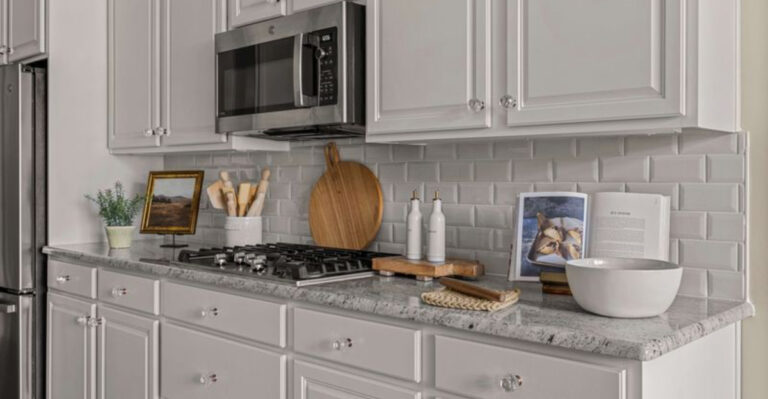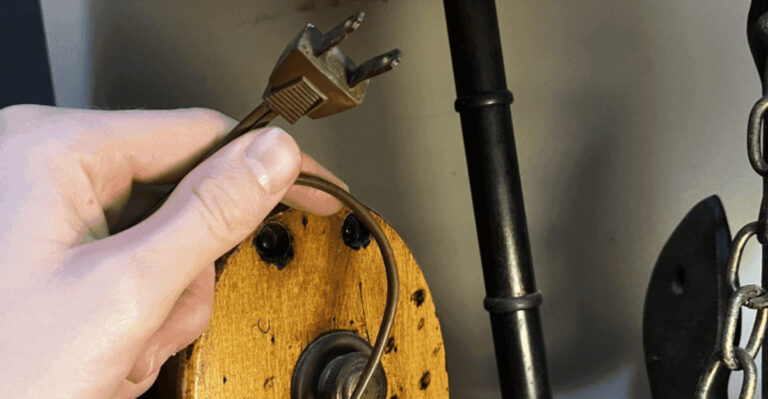10 Things You Should Never Store In Your Closet (And 5 To Throw Out Immediately), According To Pro Organizers
Your closet should be a sanctuary of order, not a black hole of forgotten clutter. Yet many people stash items behind those doors that don’t belong, creating chaos and wasting precious space.
Professional organizers know exactly what sabotages a tidy closet and what needs to go for good.
Decluttering these sneaky culprits will transform your closet into a functional, streamlined zone that makes getting dressed a joy, not a chore.
1. Open Food Items
Imagine waking up to find tiny ants marching through your favorite sweaters! Food items, even when sealed, can attract unwanted pests that might make a feast of your fabrics.
Besides bugs, food can create lingering odors that transfer to your clothing. Those cookies might smell delightful in the kitchen, but nobody wants to wear a shirt that smells like last week’s snacks.
2. Scented Candles
While that lavender-vanilla candle smells heavenly in your living room, storing it among your clothes creates a problem. Scented candles continue to release their fragrance even when not lit.
Your delicate garments will absorb these artificial scents, creating an unwanted perfume effect. For those with sensitive skin, these absorbed fragrances might even cause irritation when wearing the affected clothing.
3. Important Documents
Tucking away birth certificates and passports in your closet might seem convenient, but it’s actually quite risky. Closets often experience humidity fluctuations that can damage paper over time.
Should a water leak or fire occur, these irreplaceable documents would be vulnerable to destruction. A better option is a fireproof safe or a safety deposit box at your bank where temperature and humidity remain controlled.
4. Spare Paint Cans
Got leftover paint from your recent room makeover? Your closet is absolutely the wrong place for it! Paint cans can leak or spill, creating a disastrous mess on your clothing and shoes.
Many paints also release volatile organic compounds (VOCs) even when sealed. These chemicals aren’t something you want your clothes absorbing, as they can cause headaches and respiratory irritation when you wear those items later.
5. Dirty Laundry
Tossing that sweaty gym outfit into your closet corner seems harmless enough, right? Wrong! Soiled clothing harbors bacteria that thrive in dark, enclosed spaces like closets.
Over time, these microorganisms can transfer to your clean clothes, creating unpleasant odors throughout your wardrobe. Even worse, in humid environments, dirty clothes can develop mildew that spreads to neighboring garments, potentially ruining your favorite pieces.
6. Expired Beauty Products
That half-used bottle of lotion from three years ago isn’t doing anyone any favors. Expired beauty products can harbor harmful bacteria and lose their effectiveness over time.
When these products leak or spill, they can permanently stain your clothing. Perfumes are particularly problematic as they contain alcohol that can discolor fabrics on contact. A bathroom cabinet with proper organization is a much better home for your beauty arsenal.
7. Heavy Luggage
Storing your massive suitcase on the closet shelf might seem like utilizing unused space. However, over time, heavy luggage can warp shelving and potentially come crashing down onto your clothing below.
The weight can also strain closet rods until they suddenly give way. A better solution is under-bed storage for smaller pieces or a dedicated spot in a garage or basement for larger luggage sets.
8. Unwrapped Gifts
Hiding presents in your closet seems like the perfect secret spot—until curious recipients start snooping! Beyond the surprise factor, unwrapped gifts collect dust and can get damaged from being moved around with your daily clothing access.
Gift bags might snag on delicate fabrics, while boxes take up valuable space. Consider designating a specific storage area elsewhere in your home where gifts can remain pristine until giving time arrives.
9. Seasonal Sports Equipment
Your tennis rackets and soccer balls are claiming valuable hanging space! Sports equipment often carries dirt and grass from outdoors, which can transfer to your clean clothing.
Bulky items like skis or golf clubs create awkward storage situations that prevent proper organization. Garages, basements, or dedicated sports equipment storage solutions allow better access when you need these items while keeping your closet focused on clothing.
10. Outdoor Gear
After a rainy hike, your damp jacket needs proper drying—not hiding in a dark closet! Wet outdoor gear creates the perfect environment for mold and mildew to flourish.
Even when dry, items like backpacks and camping equipment often retain outdoor odors that can transfer to your clothing. Muddy boots particularly have no place among your clean clothes and should have a dedicated spot by the door or in a mud room.
1. Non-Clothing Tools
Hammers and screwdrivers have a way of creating chaos in clothing spaces! Sharp or rough-edged tools can snag delicate fabrics or cause injuries when you’re reaching for clothes in the dark.
The weight of metal tools can damage shelving over time. Oil residues from tools might transfer to your clothing, creating stains that are difficult to remove. A proper toolbox or workshop area keeps these items organized and away from your wardrobe.
2. Old Magazines or Newspapers
That stack of fashion magazines you’re saving “for inspiration” is actually a closet nightmare! Paper products attract moisture and can develop mildew that spreads to nearby clothing.
They also create perfect nesting materials for insects and rodents looking for a cozy home. The ink from publications can transfer to light-colored fabrics, especially in humid conditions. Consider digital subscriptions instead, or keep a curated collection in a proper bookshelf.
3. Leaking Liquids
Found a mysterious stain on your favorite blouse? That half-empty water bottle you stashed might be the culprit! Any container holding liquid presents a spill risk that can damage clothing and encourage mold growth.
Even seemingly harmless water can create a humid environment that attracts pests. Bottles of perfume, nail polish, or other beauty products with liquid formulas should be stored in bathrooms or vanity areas where spills won’t ruin your wardrobe.
4. Old Electronics
Remember that ancient flip phone or broken tablet you stashed away? Electronic devices contain batteries that can leak corrosive chemicals over time, damaging anything nearby.
These gadgets also collect dust that can trigger allergies when disturbed. Instead of cluttering your closet, recycle old electronics at designated centers where they’ll be properly handled, or donate working devices to organizations that refurbish them.
5. Broken Household Items
Stashing that lamp with the frayed cord “until you can fix it” creates both clutter and danger! Broken items with sharp edges can tear clothing or cause injuries when you’re reaching into your closet.
These objects often collect dust while waiting for repairs that rarely happen. Instead of turning your closet into a graveyard for damaged goods, either fix items promptly or dispose of them properly to free up valuable storage space.

